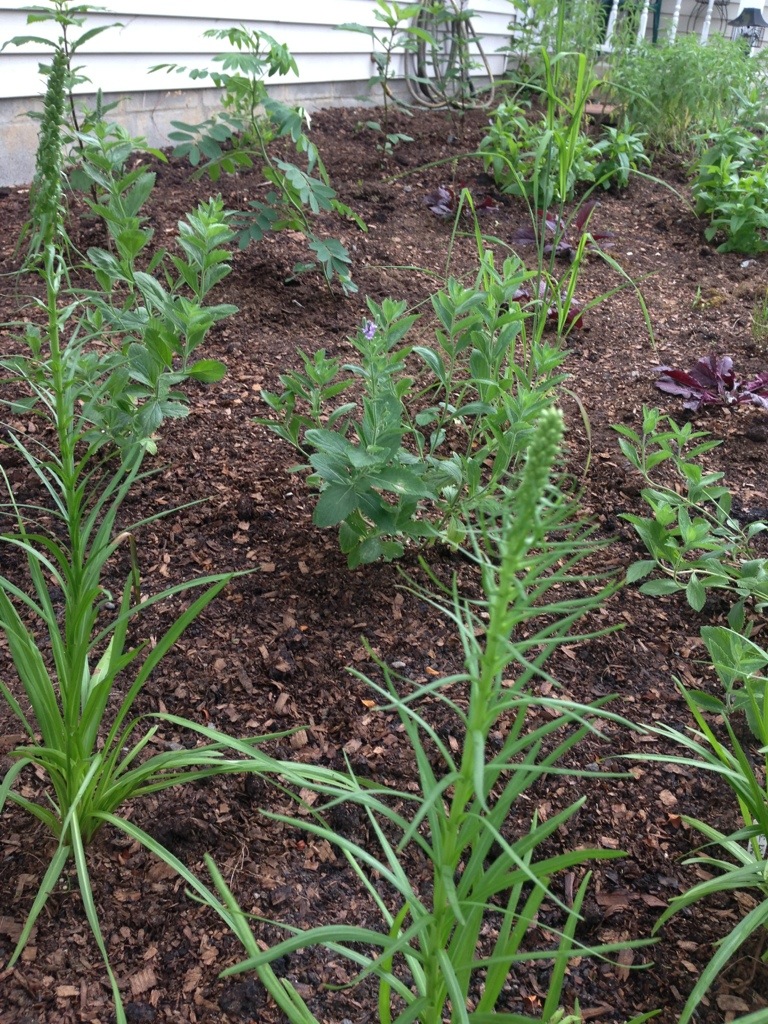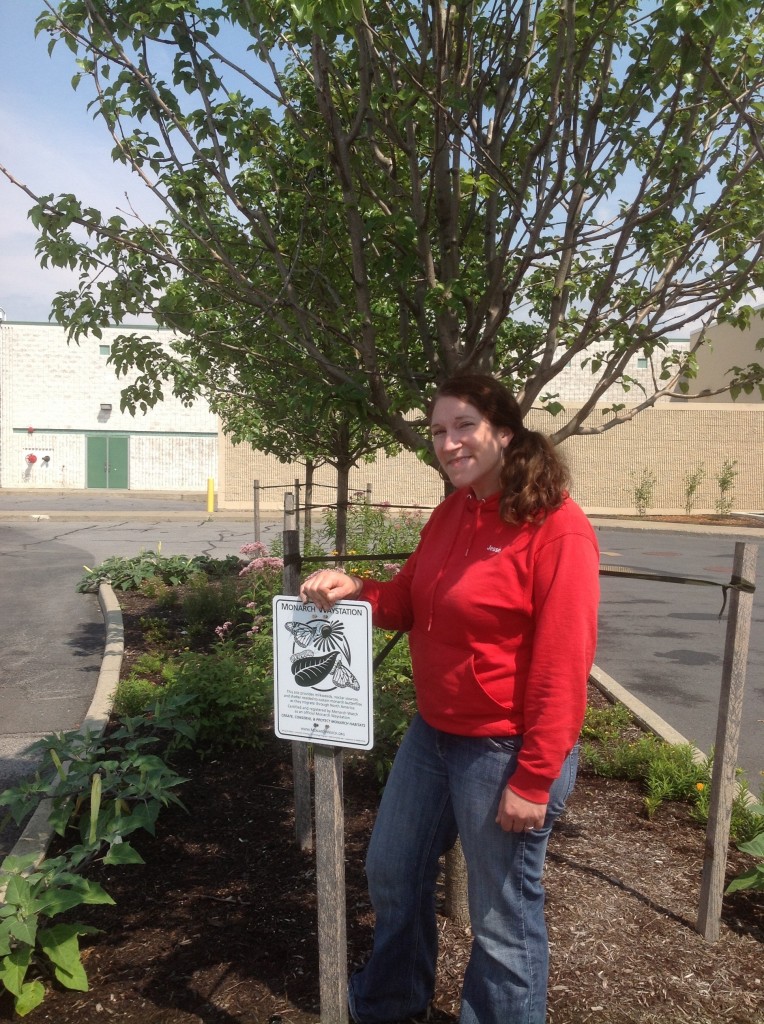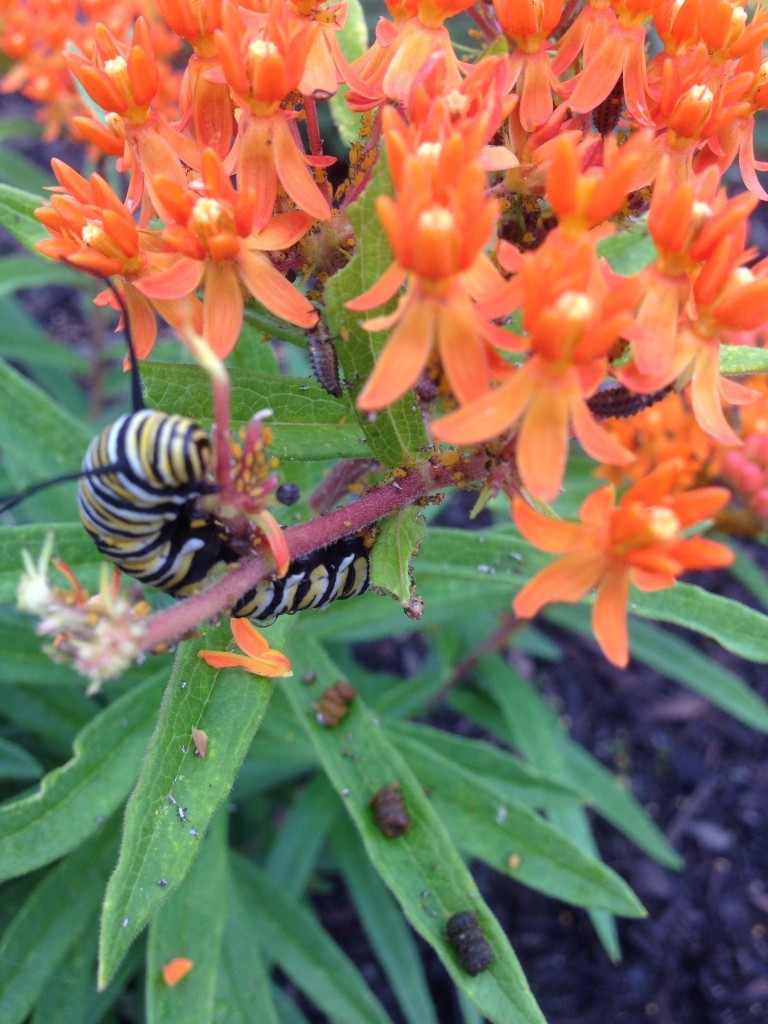Crow Planet by Lyanda Lynn Haupt is a highly recommended book. It is transformational to read. You get to experience life for a while from a wildlife rehabilitator’s perspective. People who do this kind of work get to see a whole extra world hidden to most normal civilians. A new acquaintance is also a wildlife rehabilitator, this is her story. She was kind enough to answer questions about her work life. She gave permission to showcase her photographs for this post, though she prefers that her identity and the location of the wildlife center to remain a mystery.
Peeking into the wildlife rehabilitators world is exhilarating for any nature lover. We work so hard to arrange our properties to attract the creatures; we stock our gardens with native plants to create a localized food bank. We just want contact with the wild, natural world. A state trained wildlife rehab-er is hands-on and intimate with the animals. It’s possible more people will begin to seek this training as a way to re-connect with the wild.
Did you know that it’s illegal for a layperson to attempt to care for a found wild animal? If abandoned young or injured animals are found, without training folks lack the fundamentals to help the creatures. In many cases well intentioned people may inadvertently cause harm. Contact information for local wildlife rehabilitators is readily available online or through a local government conservation office. Using these resources can help save wild animals lives. Many times, the advice is to do nothing. For example, when a fawn is found. People call about fawns a lot, and the protocol is usually to just leave the fawn where they are. At some point the young deer will vanish on its own, or with Momma’s help. In rare cases, a fawn may still be there after 14 hours. If it appears to be injured, then a rehab-er should be called in to help.
The wildlife center our new friend works with is located on 300 rambling acres of beautiful woods and wetlands. The matriarch of the center is shown in the photo with the raccoon here, she founded this private location 25 years ago. Our friend expressed a sort of joyful sadness about raising animals to be released back into the wild. She naturally develops deep affection for the baby animals but at a certain phase in their development it becomes necessary to actually train the animals to fear her, to fear all people. This has to happen for the creature to stand a chance at autonomous survival. But it hurts.
This earth loving lady talked about learning important lessons about letting go from her work teaching the animals to fear people. It made sense when she mentioned they successfully release hundreds of animals back to the wild each year. Peeking into the wildlife rehabilitators world was a delightful treat in this blustery, arctic week. Thank you so much for all your good work.








